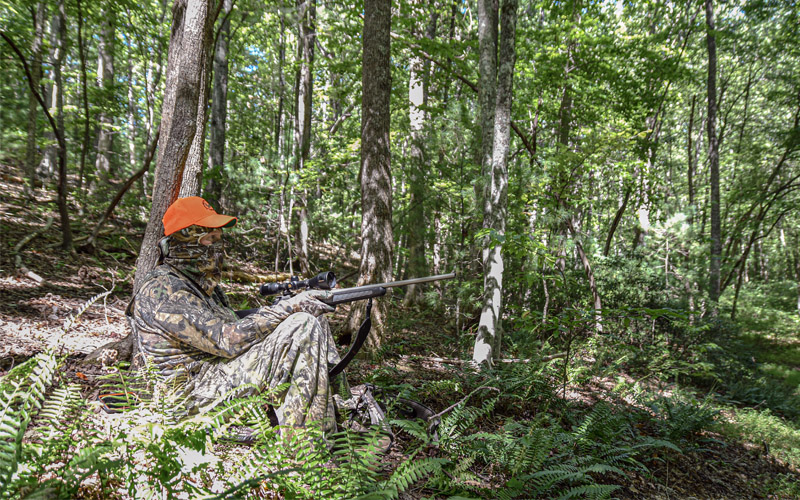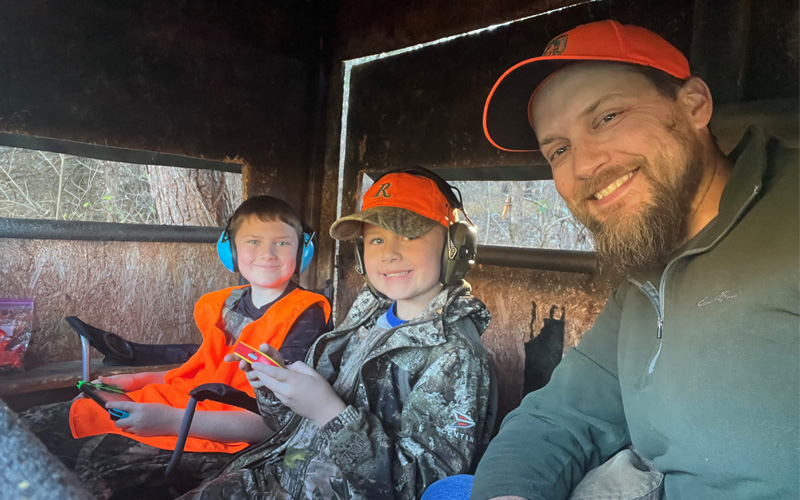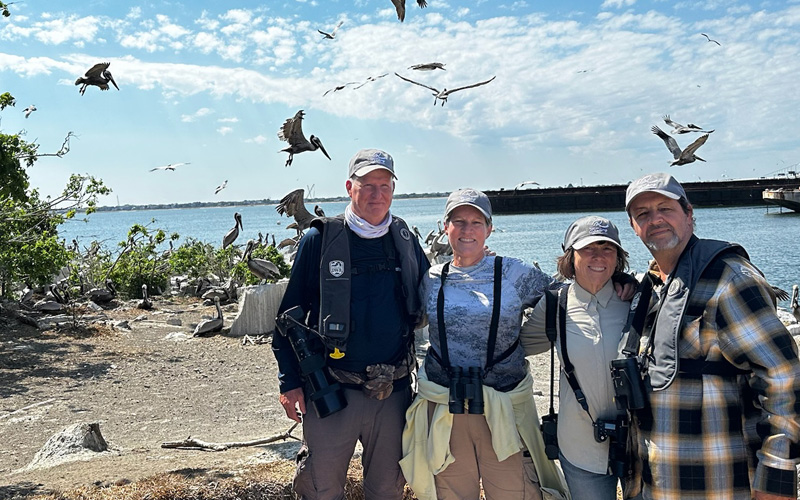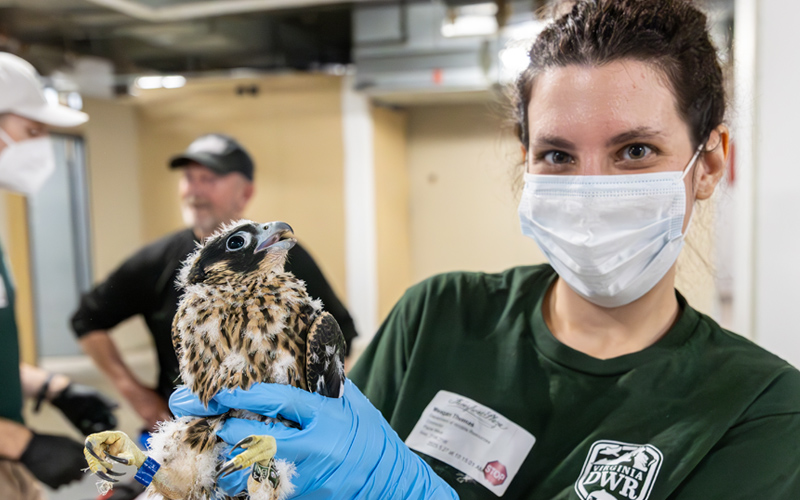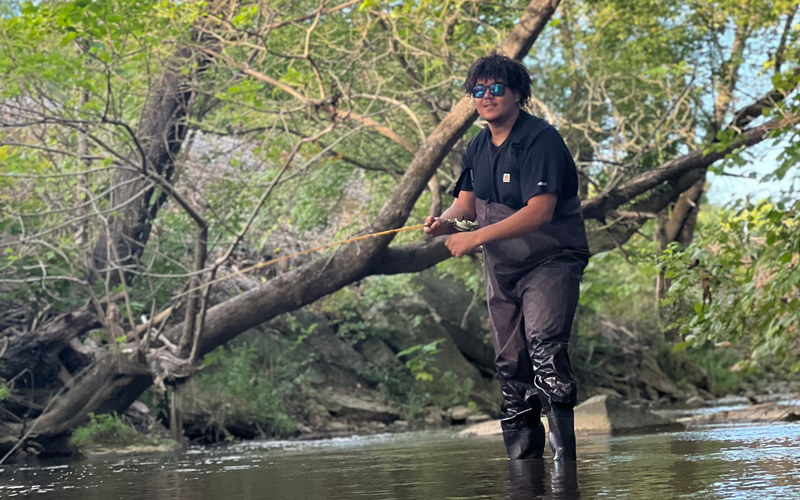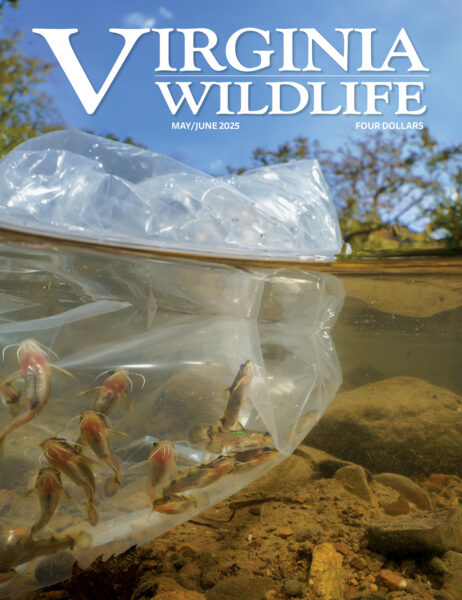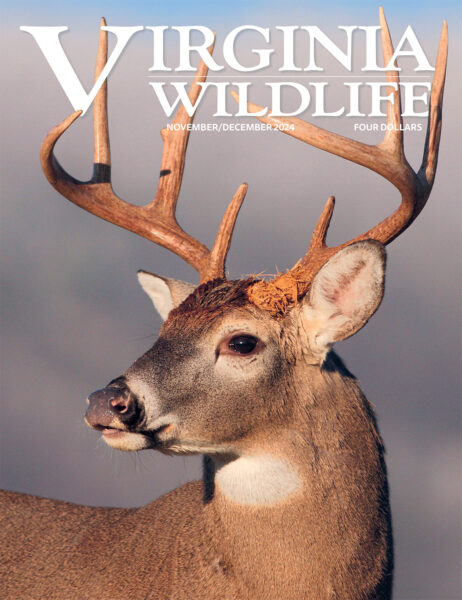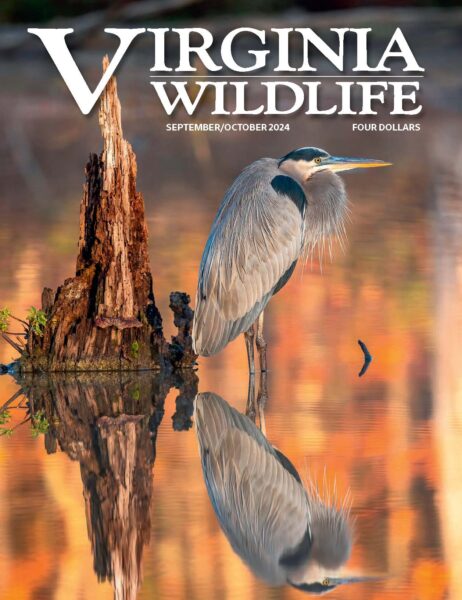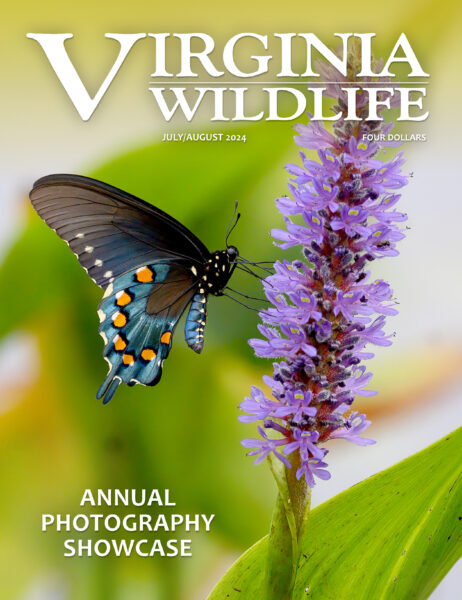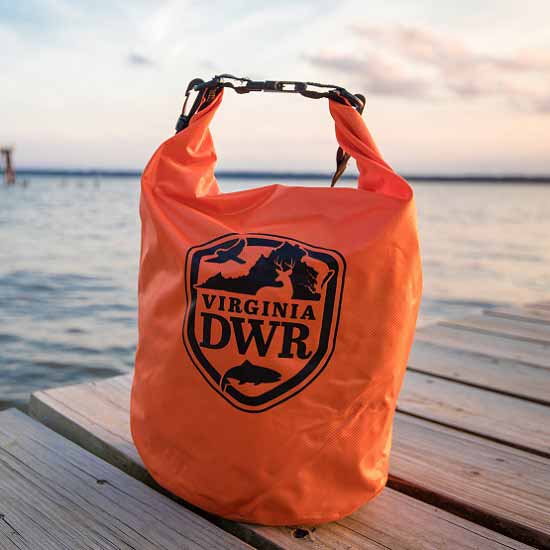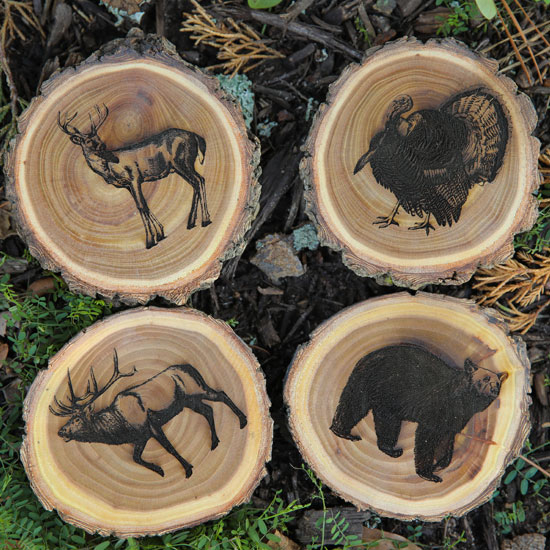Volunteer with DWR!
Volunteering with the Virginia Department of Wildlife Resources is a rewarding way to support wildlife, connect people to the outdoors, and give back to your local community!
Learn More
2025 Revised Virginia Wildlife Action Plan Public Comment Period
DWR welcomes your input on the draft 2025 Revised Virginia Wildlife Action Plan through July 18, 2025.
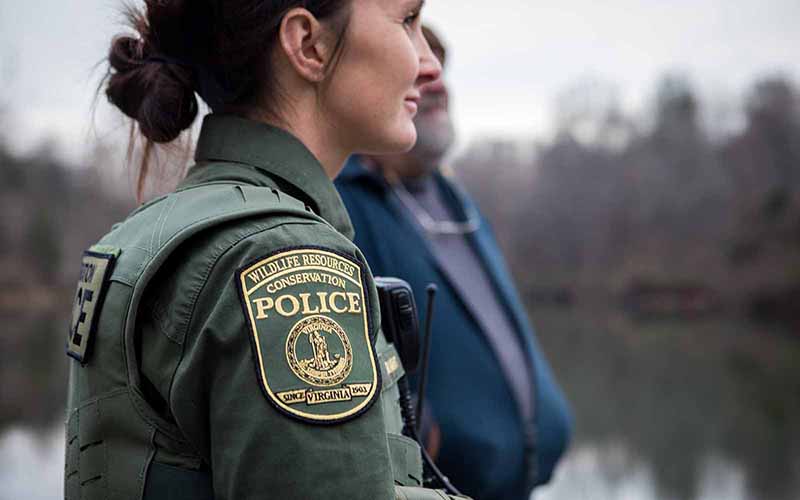
Conservation Police Officer (CPO) Recruiting: Now Accepting Applications!
The Virginia Department of Wildlife Resources (DWR) is now accepting applications for multiple Conservation Police Officer duty assignments throughout Virginia!
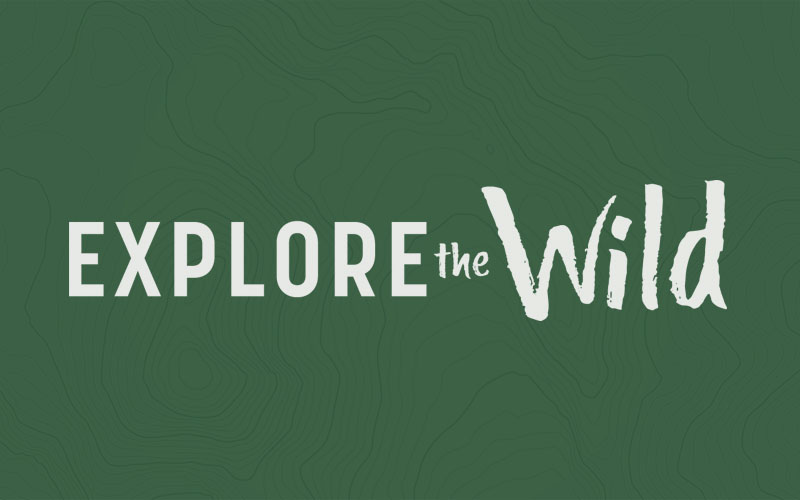
Explore the Wild
With over 1,000 wild places to explore to your heart’s content, Explore the Wild is your online tool to find the best public lands in Virginia to hunt, fish, boat, paddle, view wildlife, hike, and go primitive camping!
Conserve. Connect. Protect.
DWR has been a steward of the outdoors since 1916, leading in wildlife conservation and inspiring people to value the outdoors and their role in nature.
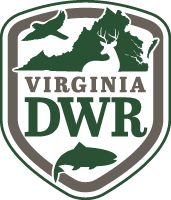
How Do We Fund What We Do?
You might be surprised to know that Virginia DWR is primarily funded from sources other than Virginia general tax dollars.
A lot of our funding to help conserve wildlife and habitat comes from public spending on things like fishing and hunting licenses, tags, or stamps, boat registrations, and via a federal excise tax on firearms and ammunition.
Those sources of financial support have helped us protect hundreds of species and their habitat for over 100 years, but there’s always more we can do for Virginia’s wildlife. That’s where you come in. You too can become a steward of the outdoors by supporting our work or working with us — whether you hunt, fish, and boat or simply enjoy the outdoors.
How You Can Help


